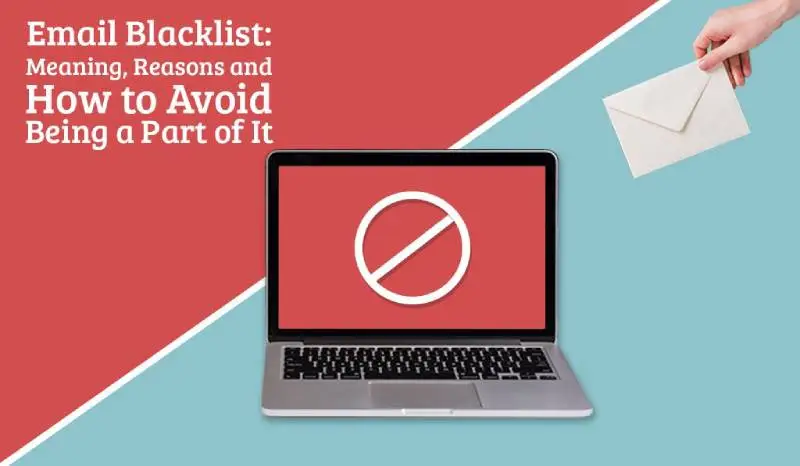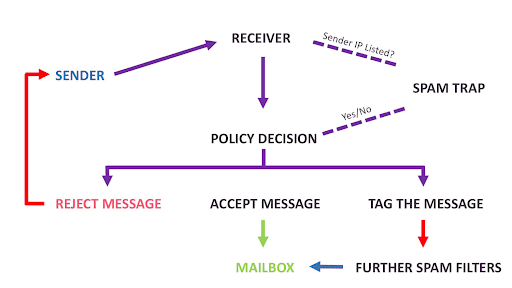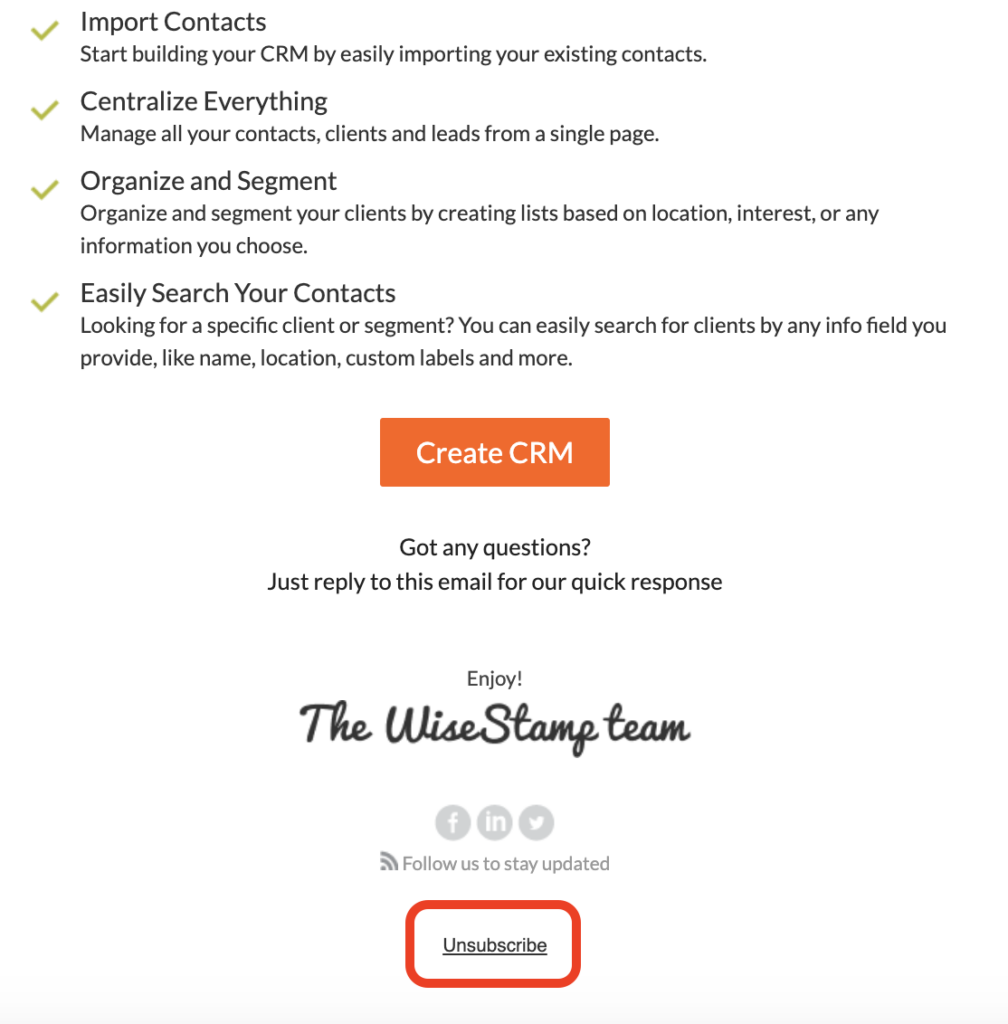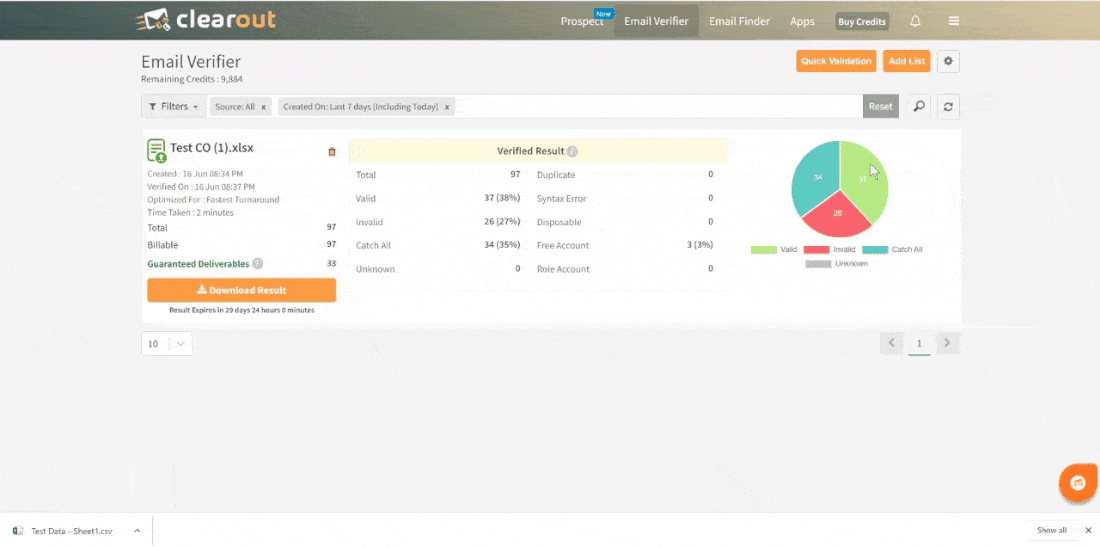○ Types of Email Blacklists
● How Does Email Blacklisting Affect Email Deliverability?
● Reasons Why You Ended Up On Email Blacklists?
● “Is My Email Blacklisted?”
● Delisting: How to remove yourself from Email Blacklists?
● How To Keep Yourself Off Email Blacklists?






